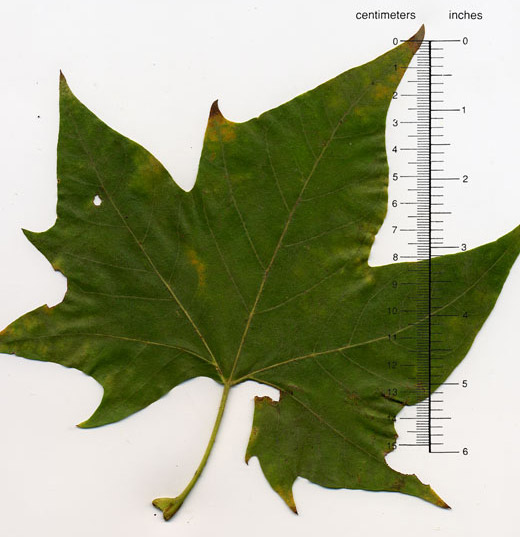"You might not yet have a strong feeling about these trees,
Or conversely, you may love them,
but they’re probably familiar to you.
New York City is home to over 87,000 London planetrees, per the Department of Parks and Recreation’s 2015 tree census.
That’s 13 percent of all the trees.
There are about 23,000 more London planes than the next most abundant species, the honeylocust."
I want my name to be Honeylust 😭!!!
"As the name implies, London planes have roots in England, but neither parent species is native to there (a native species being one that has evolved alongside the rest of an ecosystem).
They’re a hybrid of the American sycamore (native to what’s now the eastern United States) and Oriental plane (native to eastern Europe and western Asia).
They were popularized in London sometime in the 17th century, but might have originated in Spain—a lot about this tree’s history, including
when exactly it arrived in North America, is murky. "
Says Slate.
https://slate.com/technology/2024/03/london-planetrees-new-york-parks-nonnative-species-bad-why.html
'Bloodgood planetree, a selection of the tough London planetree that is widely planted in urban areas, is a large shade tree with a broad open crown and bark that exfoliates to reveal patches that may be creamy white, yellow, or olive-colored.
The signature ornamental feature of this huge tree is its brown bark, which exfoliates in irregular pieces to reveal creamy white inner bark.
'Bloodgood' has dark green foliage and is reported to have some resistance to the problematic anthracnose disease of sycamores.
https://www.chicagobotanic.org/plantinfo/tree_alternatives/bloodgood_planetree
https://www.chicagobotanic.org/plantinfo/tree_alternatives/bloodgood_planetree
'The oldest London planes date from first plantings around 1660-80.
The oldest living examples are at Buckden, Robert Sanderson, (Bishop of Lincoln 1660-1663), is said to have been presented with two London planes;
both are still growing healthily.May 31, 2018"
'Peter Gunning, (Bishop of Ely 1675-1684), also planted gifts of trees, including a London plane which is now colossal.
The London plane at Barn Elms, is probably from about 1685, planted on land then belonging to the Archbishop of Canterbury.
It is London’s oldest and largest plane."
'next time you’re passing a line of venerable old London planes, take a look up and admire their strength and beauty while you can.
Have a sense of the long arm of history behind them.
Enjoy the shady waving leaves and stippled gnarly bark and remember the tale of the unlikely love child of two travelers."
🌳🍀🌲🪹🌿🌳
"The London plane is famous for its reliability; since these groupings are planted in a regular manner it is easy to conclude from their almost universal survival that, indeed, the performance bears out the repute.
Landscape architects dealing with trees less likely to survive to maturity, like to group them artistically in irregular triangles and pentagons; should one succumb, the defunct stump is eradicated and the outcome is still artistic. The old campus plantings and those on University Avenue used seedlings.
El Camino Real was planted with ‘Bloodgood’, which has proved to be susceptible to sycamore mildew;
this causes the leaves to turn yellow and drop off during the summer. ‘Bloodgood’ continues to be used
and in 2012 six individuals were planted around the John A. & Cynthia Fry Gunn Building (SIEPR).
London plane tree leaves are generally five-lobed and, if anything, the leaf teeth are coarser and the lobes not as deeply cut as those of the California plane, Platanus racemosa, but the main distinguishing feature is the absence of leafy green stipules at the base of the leaf stalk.
Some maples, genus Acer, also have similarly lobed leaves (bigleaf maple is a good example). However, all the main veins to maple leaf lobe tips start from a single point at the base of the leaf; see this venation pattern illustrated and distinguished from that of London plane tree in the Maple photo gallery. The careful observer will notice another significant difference between Platanus and Acer, namely, the branching and leaf arrangement of maples is opposite, while that of plane trees is alternate.
The pendant seed balls are about an inch in diameter. By the time the seed balls litter the street, the light-weight seeds have already been forced out into the air currents by a release mechanism depending on the drying out of the packing, which consists of fine hollow straws."
Bloodgood Nurseries was a fixture in Horsham since the 1970s when Al Edling moved the existing business from Doylestown.
But its roots go way back - claiming to be America's oldest nursery, established in 1790!
Bloodgood is a name that has long been associated with various plants."



No comments:
Post a Comment